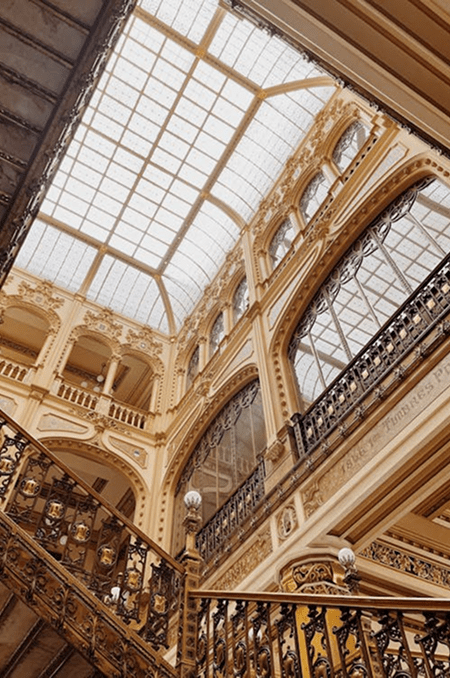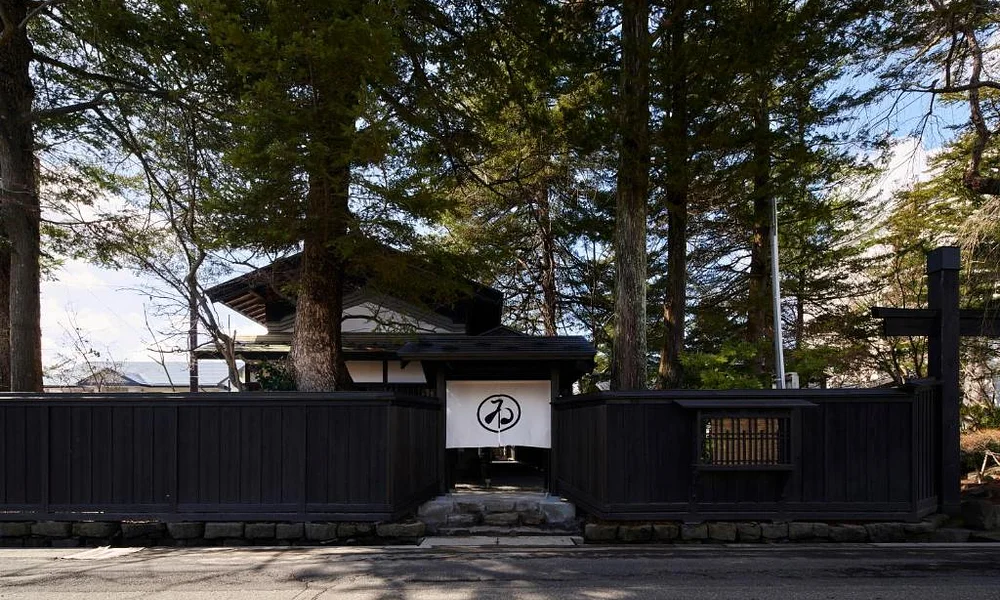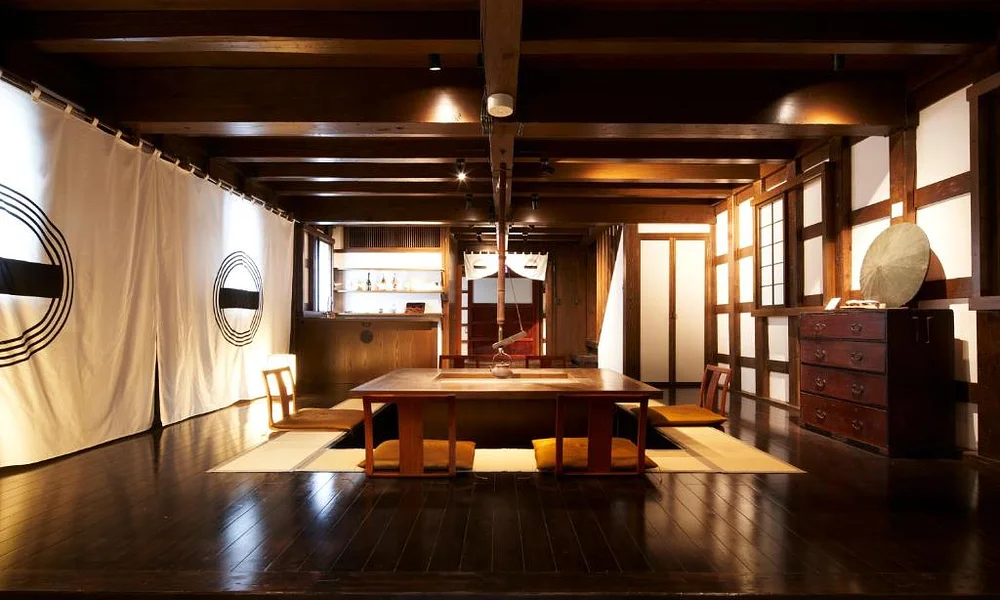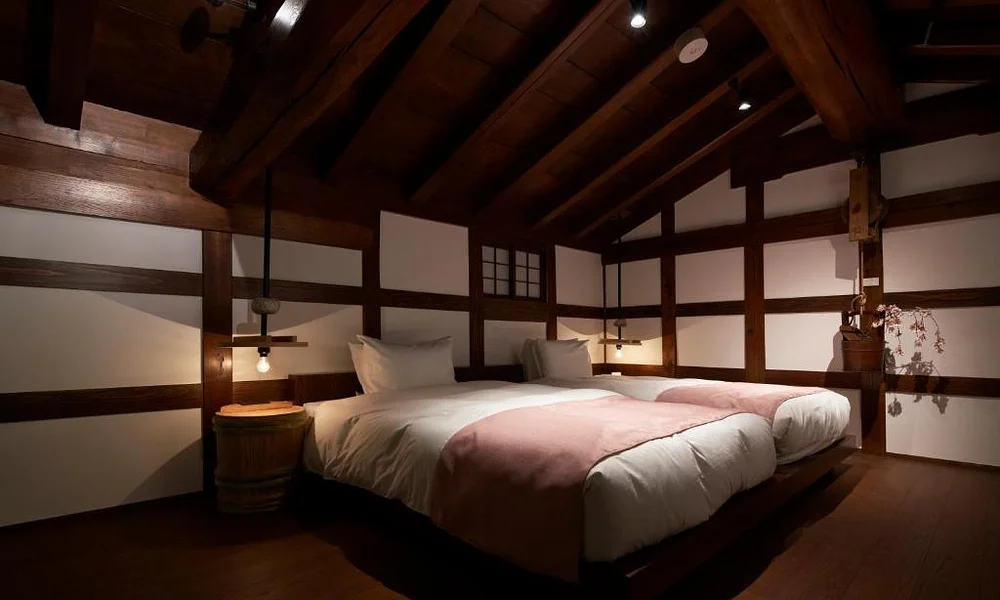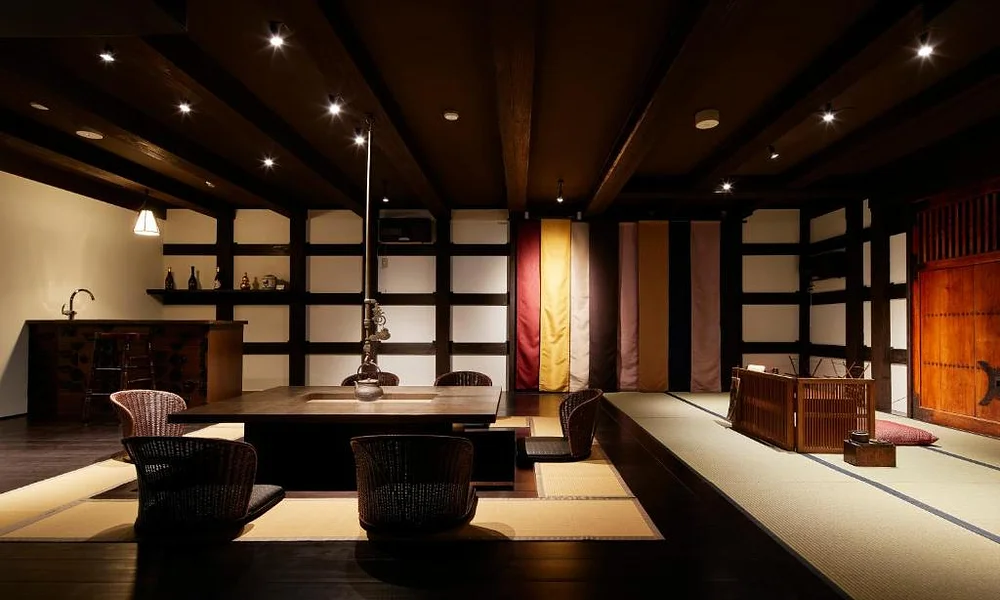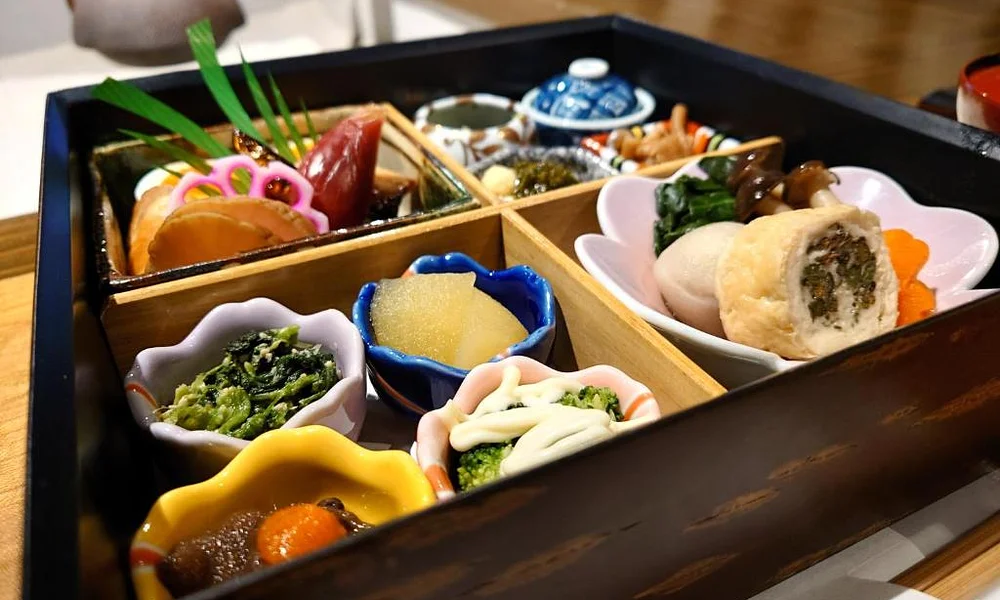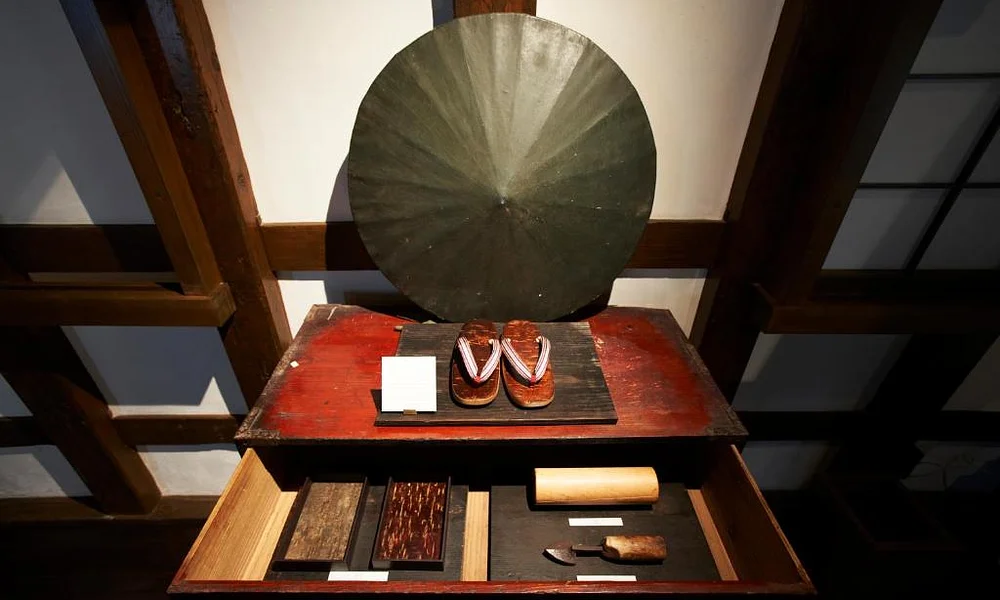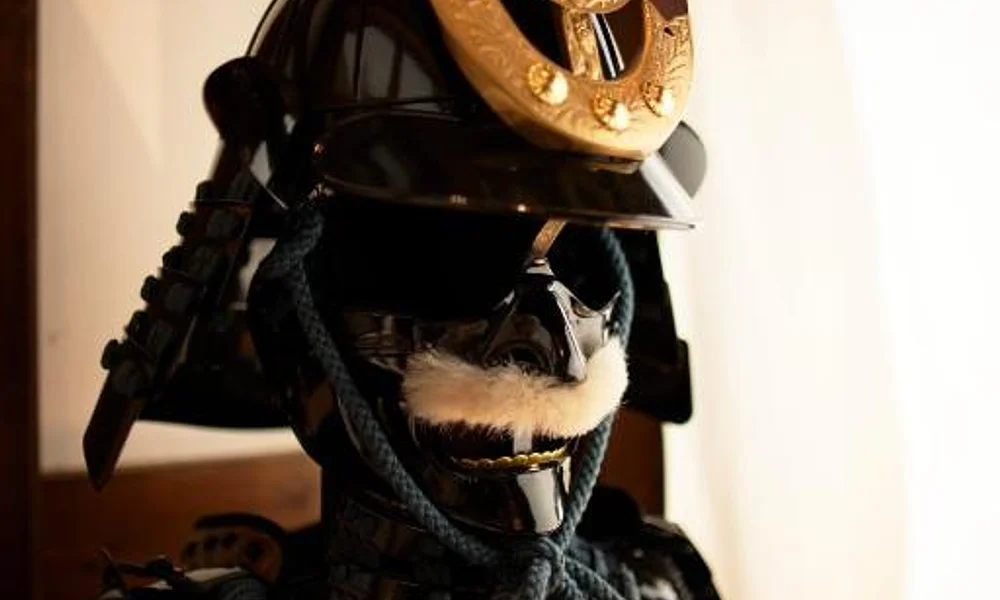For the samurai and merchant families of the Edo Period, one way to display their wealth and influence was to build a kura storehouse, signifying they were prosperous enough that they needed a place to store excess goods and treasures. Their construction wasn't just to be eye-catching, however, as kura had excellent insulation year-round and kept items and goods at a relatively stable temperature. For the kura of Wanoi Kakunodate, functionality has given way to heritage and each building reflects a story tied to its past.
Nishinomiyake Bushigura and Nishinomiyake Gakkogura were built in 1919 during the Taisho Era, long after the Edo Period and the Meiji Restoration. Despite the abolishing of the samurai or bushi class, the Nishinomiya Family was able to transition successfully into these new political and social systems and thus still needed storehouses for their wares and heirlooms. It can be surmised that Bushigura held the samurai treasures of the Nishinomiya, such as the swords, armor, and everyday items now on display at the guest villa. Meanwhile, Gakkogura gets its name from iburigakko, a type of smoked pickled radish considered a regional delicacy. In contrast to Bushigura, the decor of Gakkogura uses items related to the making of pickled radishes, such as wooden vats. Tanmonogura is the oldest of the three properties, built sometime during the twilight years of the Edo Period. It was a fabric store specializing in tanmono, a type of textile used in the making of kimonos.
